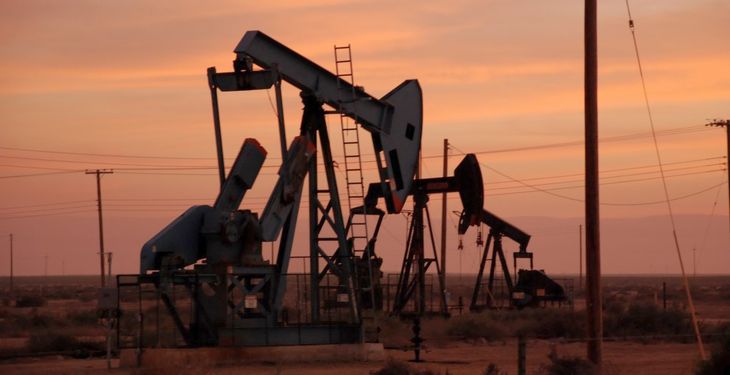Oil prices fell towards six-year lows on Monday on data showing the economy of Japan, the world’s third-biggest oil consumer, contracted in the second quarter.
The global oversupply picture was exacerbated by another weekly jump in U.S. oil rig additions on Friday, hinting at growing production, and news that Oman produced a record-breaking 1 million barrels per day in July, according to Reuters.
U.S. crude CLc1, or West Texas Intermediate (WTI), for September was trading 45 cents lower at $42.05 a barrel at 1348 GMT (0948 EDT), close to its lowest in more than six years.
Brent futures LCOc1 for October briefly reached an intraday high of $49.44 a barrel on news that Kuwait’s 200,000-barrels-per-day Shuaiba refinery had shut following a fire.
Over the past two weeks, U.S. crude prices have fallen by more than 10 percent on U.S. supply concerns. Brent has fallen by around 4 percent.
“We have seen Brent swing up and down over the past two weeks because of a lack of consensus about where oil should go directionally,” BNP Paribas energy commodities strategist Gareth Lewis-Davies said.
Production by the Organization of the Petroleum Exporting Countries is running well above demand, filling stockpiles worldwide.
Iran is expected to increase its oil exports once Western sanctions are lifted after ratification of a recent nuclear deal.
“The oversupply story remains well intact, which fuels the bearish sentiment,” said Carsten Fritsch, senior oil analyst at Commerzbank in Frankfurt.
Adding to the negative picture was data showing Japan’s economy shrank at an annualized pace of 1.6 percent in April-June as exports slumped and consumers cut back spending.
